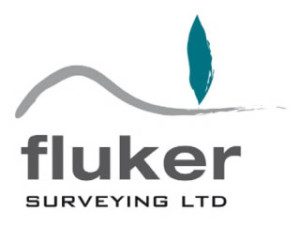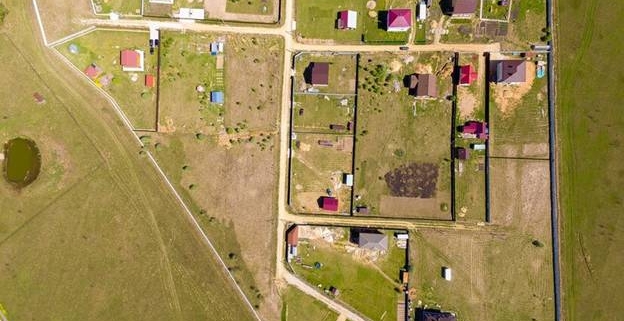Resource consent is official permission from Auckland Council to undertake certain land use or development activities, ensuring your land development project is completely compliant and legal. Without proper consent, you could face serious repercussions down the track. So, it’s essential that you properly fill out and submit your resource consent application.
Resource consent applications are processed over 20 or 40 working days, and improper filing can cause your application to be delayed or rejected. If your application is incomplete, then Auckland Council may request more information. If your application is poorly put together, then it may be rejected entirely. Both outcomes delay your project and could hinder your timeline.
Of course, staying on track is a must when you’re working on land development projects. Ensure your resource consent application is high-quality and includes all relevant information and valid documentation.
Top Mistakes To Avoid When Filling Your Application
It’s wise to understand common application mistakes so you can avoid them yourself. What should you not do?
Fail To Check Zoning And District Plan Rules. Some developers jump into design or development without checking zoning restrictions first. You must understand what your property’s zone is, because your property’s zone dictates what you can and can’t do, or what you can’t do without resource consent.
Remember that regulations can change over time. Something that was allowed a year ago may not be permitted today, so you must check to be sure.
Submit Incomplete Or Inaccurate Applications. Make sure all required fields in your application have been filled out, and ensure they’re filled with correct information. Include all needed documents (such as site plans, assessments and specialist reports). Otherwise, you may need to spend more time on your resource consent application by submitting missing information.
Underestimate Effects On Neighbouring Properties Or The Environment. You must consider the area around your property, not just your property itself. Your land development work could have effects on traffic, stormwater management and the general amenity and privacy of the area.
Some areas may also have cultural or historical significance. Always take care to ensure this matter is adequately addressed.
Inadequate Planning And Documentation. Auckland Council authorities need comprehensive information to make their decision. Inadequate planning and poorly thought-out plans can incur additional costs.
Before you submit your resource consent application, plan through everything thoroughly so that every detail is accounted for.
Misunderstand The Notification Process. Many land developers assume their project won’t be notified, but yours may be if your work affects neighbours or breaches development standards. While your project may not be notified, it’s good to understand what notification entails so you’re not caught off guard.
When an application is notified, it means that others will have the opportunity to comment on your project. The processing time frame will also last longer and could cost more. Your project is more likely to be notified if it’s expected to have adverse effects on the environment or people around your property.
Limited notification is where only those who are directly affected will be notified, and public notification is where the general public will be notified.
Not Working With the Right People Early On. The resource consent application process can be complex, regardless of whether you are familiar with the process or not. For best results, work with people who know what they’re doing.
Engage land development professionals who have experience with Auckland projects. They can assist you with your application, avoiding the issues mentioned above.
Top Tips For Submitting A Successful Resource Consent Application In Auckland
You know what not to do, so what should you do instead?
- Get A Planning Assessment Early. Work with a professional who can assess your plans and your site, including surveying your property and considering local regulations, to determine the feasibility of your project.
- Engage With Neighbours If Necessary. If you need to, speak to neighbours to discuss your plans. Document your communication – getting written approvals can help your application.
- Plan Your Timeline. Be patient but stay proactive. Plan out your timeline, and remember that delays can happen due to factors you can’t control. Stay meticulous but flexible.
- Work With Professionals. You don’t have to plan your project alone; work with experts who understand how to navigate the Auckland Council system. Their support can streamline the process while eliminating mistakes. Plus, having professional help can give you peace of mind.
Mastering Resource Consent Applications In Auckland
What kind of project are you planning? We welcome you to reach out to us at Fluker Surveying. Our services are centred around land development, surveying, engineering and much more.
We understand that NZ’s regulations can be confusing, so we’re here to help. Call 09 427 0003 or find our contact information online to get started.
Fluker Surveying: Let’s keep your plans on track.










